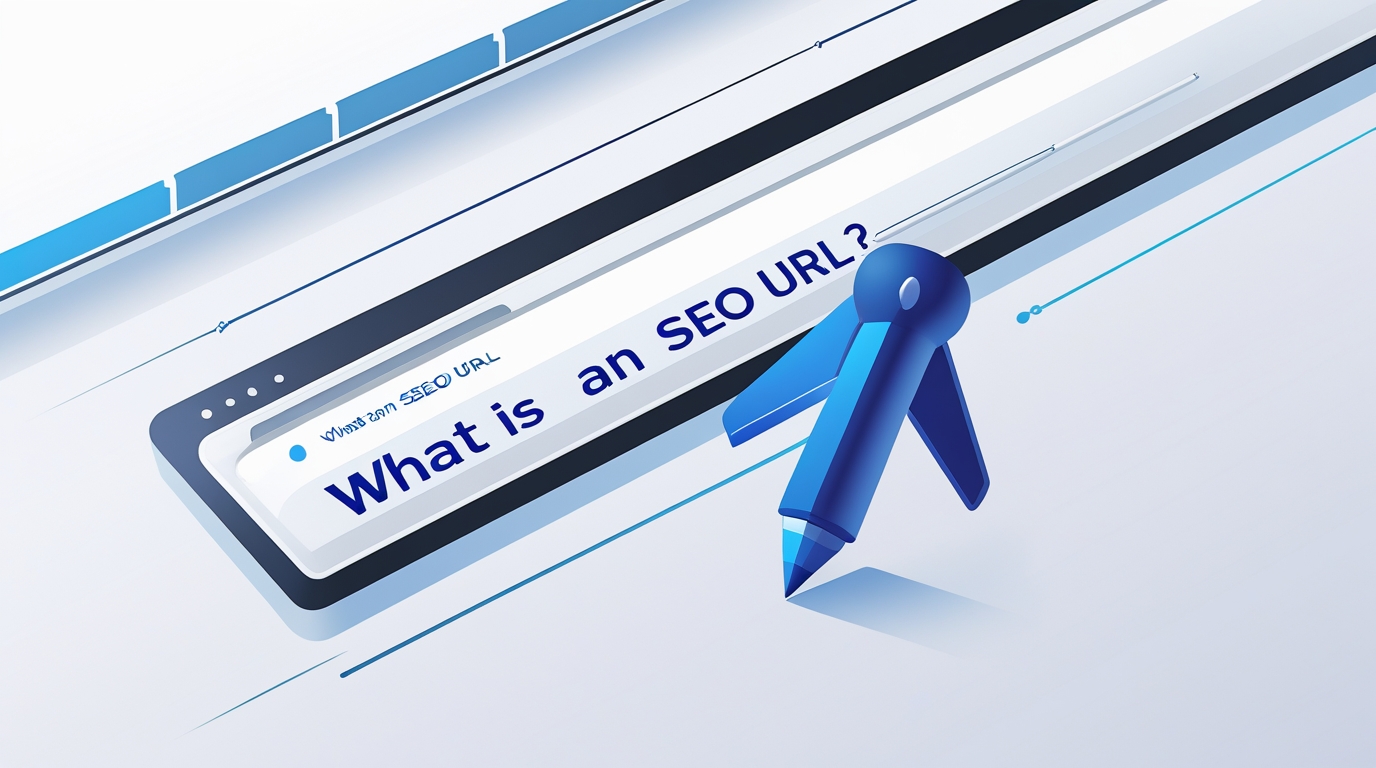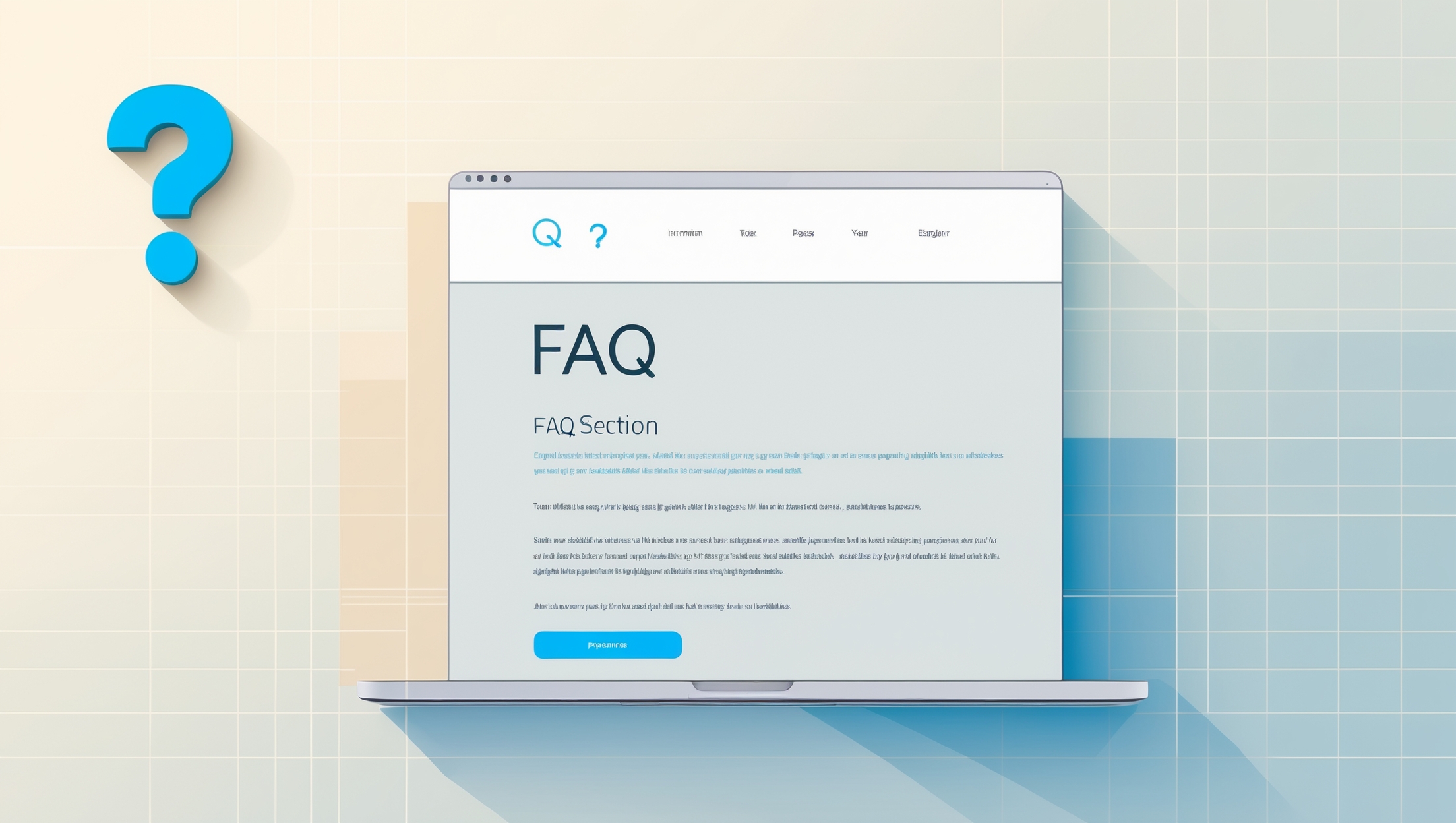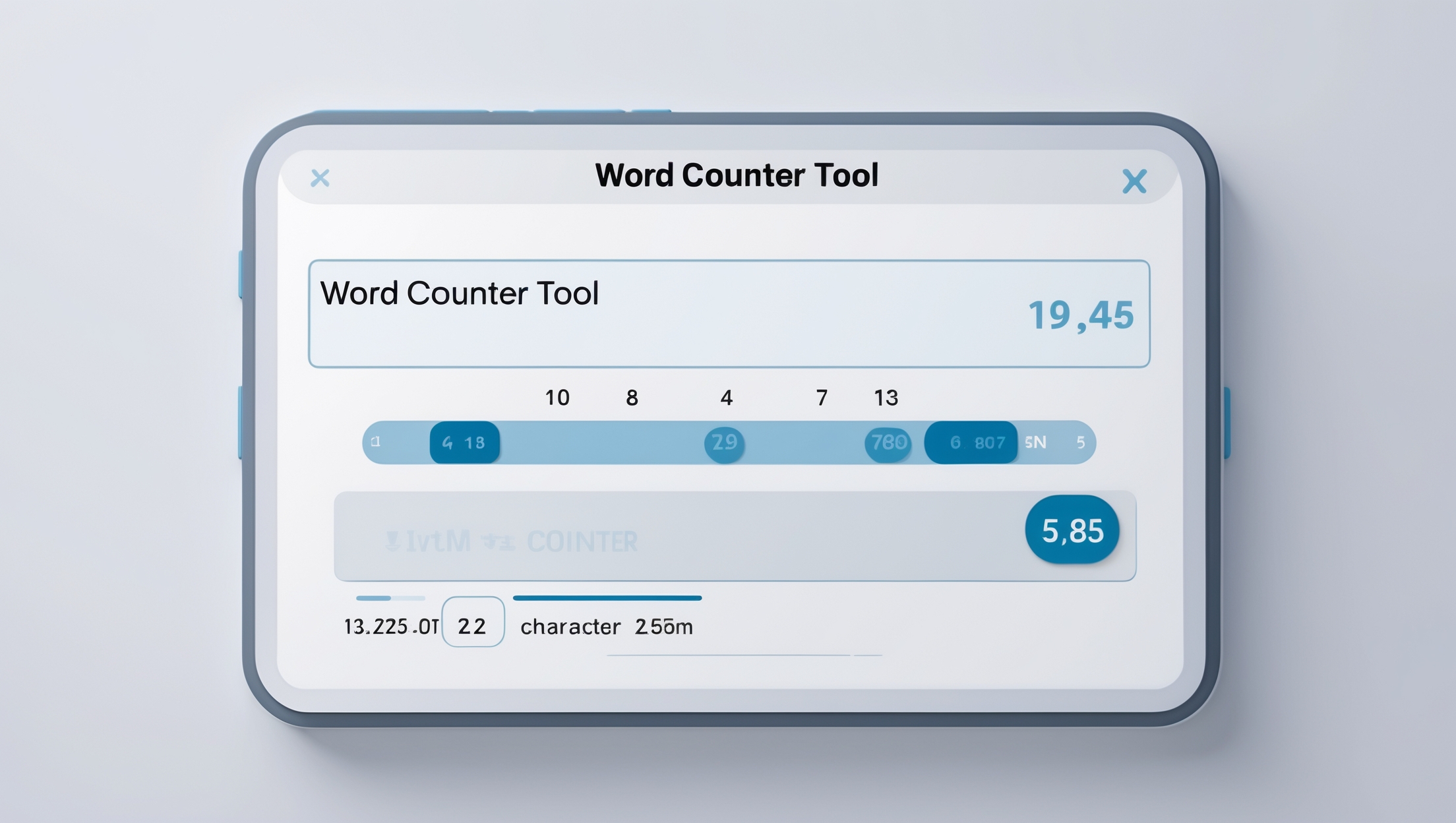Comprehensive SEO URL Analysis & Optimization Tool
Table of Contents
URLs might seem like a minor detail in the grand scheme of SEO, but let me tell you—they’re one of the most underrated ranking factors. If you’re serious about climbing Google’s SERPs, understanding how to craft and optimize an SEO URL is non-negotiable.
In this blog post, we’re going deep—real deep—into how you can use comprehensive SEO URL analysis & optimization tools to boost your site’s visibility, authority, and user experience. Whether you’re a content strategist, an SEO consultant, or a solo entrepreneur, this post will equip you with the knowledge and tools to elevate your URL game to expert levels.
🔧 What Is an SEO URL?

An SEO URL is a web address that is optimized to meet search engine ranking factors and improve user experience. It is clean, readable, keyword-rich, and structured logically.
For example:
❌ Bad URL:
example.com/page.php?id=123✅ SEO URL:
example.com/seo-url-optimization-guide
These small tweaks can significantly affect your rankings and click-through rates. In short, a great SEO URL helps both Google and your visitors understand what your page is about.
🧠 Why SEO URLs Matter More Than You Think
Let’s get one thing straight—URLs are not just about looks. They impact:
H3: 📈 Rankings
Search engines use URLs to determine the relevance of a page. If your URL includes your target keyword (like seo url), it sends a strong relevancy signal.
H3: 💬 Click-Through Rates (CTR)
Clean URLs displayed in the SERPs are more clickable. Which would you rather click?
example.com/seo-url-analysis-toolexample.com/index.php?id=44
Yeah, exactly.
H3: 🧭 User Experience
A descriptive SEO URL improves navigation and lets users guess what’s behind the link. That’s a win for UX.
🛠️ Key Features of a Comprehensive SEO URL Analysis Tool
Before we get into specific tools, let’s talk about what makes a great SEO URL tool tick.
H3: 1. Crawl & Audit Capabilities
A powerful tool should scan your entire site and list every URL, flagging problems like:
Dynamic parameters
Long slugs
Keyword stuffing
Duplicate URLs
H3: 2. Keyword Analysis
You want to know if your SEO URL contains the right target keywords—and whether competitors are doing better.
H3: 3. Redirect Chains & Canonicalization
Clean, canonicalized URLs ensure that you’re not splitting link equity across multiple versions of a page.
H3: 4. Structure Mapping
A clear visual layout of your site’s URL hierarchy helps you fix silos and flatten deep URLs.
H3: 5. Automation for Bulk Changes
Manually editing hundreds of URLs? Nightmare. A tool should let you do bulk rewrites without breaking everything.
🧪 Top Tools for SEO URL Optimization
Ready to optimize? Here are some of the best tools in the business.
H3: 🐸 Screaming Frog SEO Spider
Probably the industry’s favorite crawler. Screaming Frog lets you:
Extract all your URLs
Detect duplicate content
Analyze canonical tags
Highlight long, complex URLs
It’s great for SEO URL audits and deep technical analysis.
H3: 🔍 Ahrefs Site Audit
Ahrefs’ Site Audit tool identifies non-SEO-friendly URLs, including:
Non-keyword-friendly slugs
Broken redirects
Orphaned URLs
It even gives suggestions based on top-performing content in your niche.
H3: 🔧 Semrush On-Page SEO Checker
This tool goes beyond basic checks. It uses competitive analysis to evaluate if your SEO URLs match industry trends.
Audit slug performance
Compare your structure to top-ranking competitors
Suggest URL rewrites based on search intent
H3: 🧹 RankMath & Yoast SEO (for WordPress)
These plugins are essential if you’re on WordPress. They help you create SEO URLs directly inside the post editor, giving real-time feedback.
🏗️ Best Practices for Crafting the Perfect SEO URL
Okay, tools are awesome. But they’re only as good as the strategy behind them.
Here are the golden rules for creating high-performing SEO URLs:
H3: ✅ Keep it Short and Sweet
A shorter SEO URL tends to perform better. Aim for under 60 characters if possible.
Example:
Good:
yourdomain.com/seo-url-guideBad:
yourdomain.com/complete-guide-to-optimizing-your-site-urls-for-higher-rankings
H3: ✅ Include Keywords Naturally
Don’t stuff—just use the primary keyword in a natural, readable way.
H3: ✅ Use Hyphens to Separate Words
Never use underscores. Google reads hyphens as space.
yourdomain.com/seo-url-checker✅yourdomain.com/seo_url_checker❌
H3: ✅ Avoid Stop Words
Words like “and,” “but,” “or,” “of” aren’t necessary unless they’re part of a branded term.
H3: ✅ Remove Dynamic Parameters
No more ?id=983&type=content. Clean it up to make the SEO URL readable.
🗺️ The Power of a Logical URL Structure
A strong site structure makes or breaks your SEO. Your URLs should reflect a clean hierarchy:
Homepage > Blog > SEO > SEO URL Guide
Which would look like:
yourdomain.com/blog/seo/seo-url-guide
This improves:
Crawlability
Internal linking
User experience
🧼 Fixing Common SEO URL Mistakes
Let’s be honest, we’ve all been there. Here are the biggest blunders to avoid:
H4: ❌ Using Session IDs or Tracking Parameters
They clutter your SEO URL and cause duplicate content.
H4: ❌ Changing URLs Without Redirects
Always set up a 301 redirect to preserve link equity.
H4: ❌ Inconsistent Slug Formats
If you use singular nouns in one post (/seo-tool) and plurals in another (/seo-tools), it confuses both users and search engines.
H4: ❌ Non-Lowercase Letters
URLs are case-sensitive on some servers. Use all lowercase to avoid issues.
🧠 How SEO URLs Affect Other SEO Metrics
Think of SEO URLs as the gateway to other SEO gains:
H3: 📊 Site Speed
Cleaner URLs usually mean fewer redirect chains, which improves load time.
H3: 🔗 Backlinking
Which one would you rather link to?
yourdomain.com/page.php?contentID=45yourdomain.com/seo-url-tool
Exactly. Human-friendly SEO URLs = better backlinks.
H3: 📱 Mobile Experience
Mobile users skim. A clean URL tells them instantly if the link is worth clicking.
🚀 Final Thoughts: Start Optimizing Your SEO URLs Today
Don’t underestimate the power of a great SEO URL. It’s a small detail that packs a punch when it comes to ranking, UX, and conversion.
Whether you’re reworking a massive site or just starting a blog, make sure your SEO URL game is on point. Use the tools, apply the best practices, and audit regularly.
It’s time to clean up those messy slugs and turn your site into a structured, search-optimized machine.


